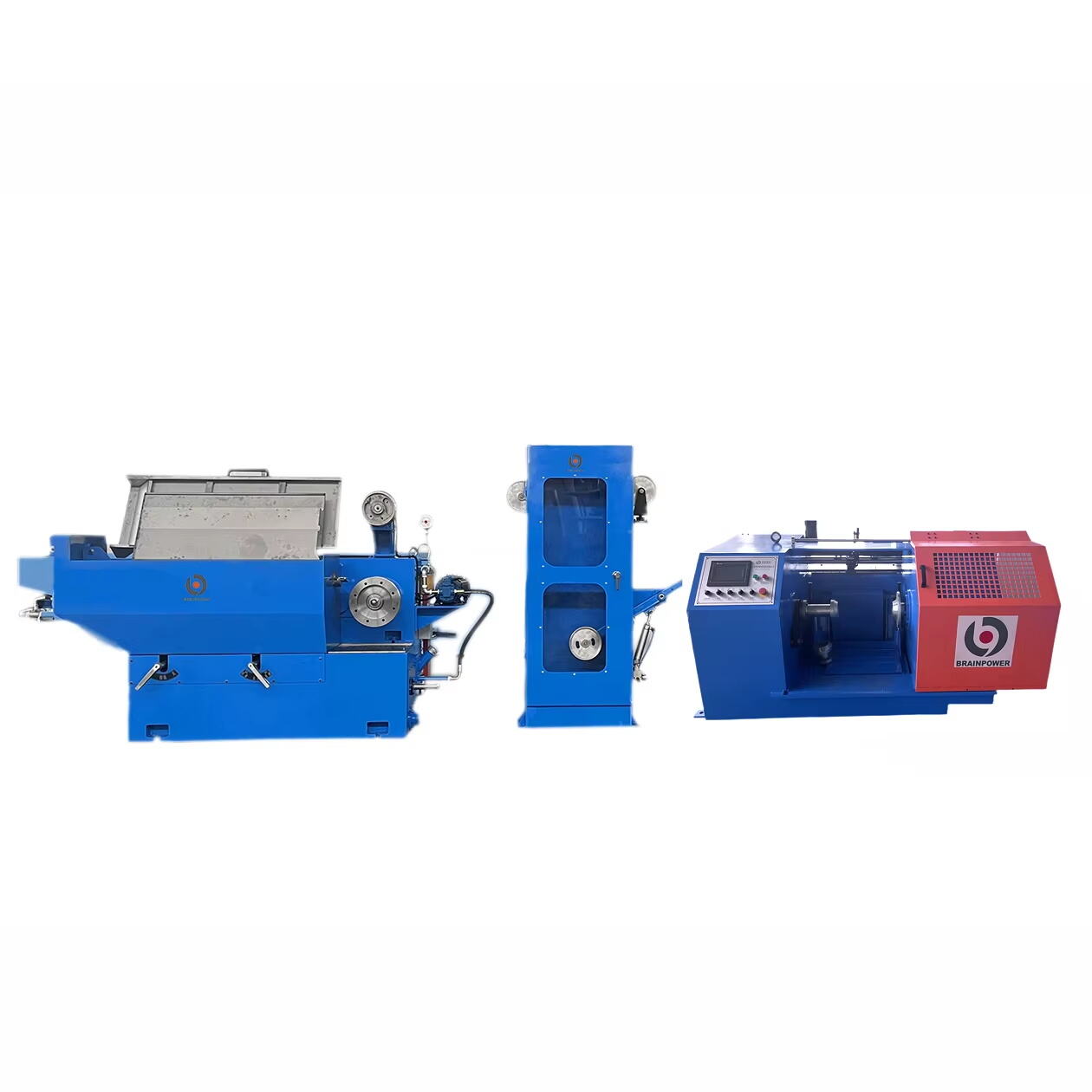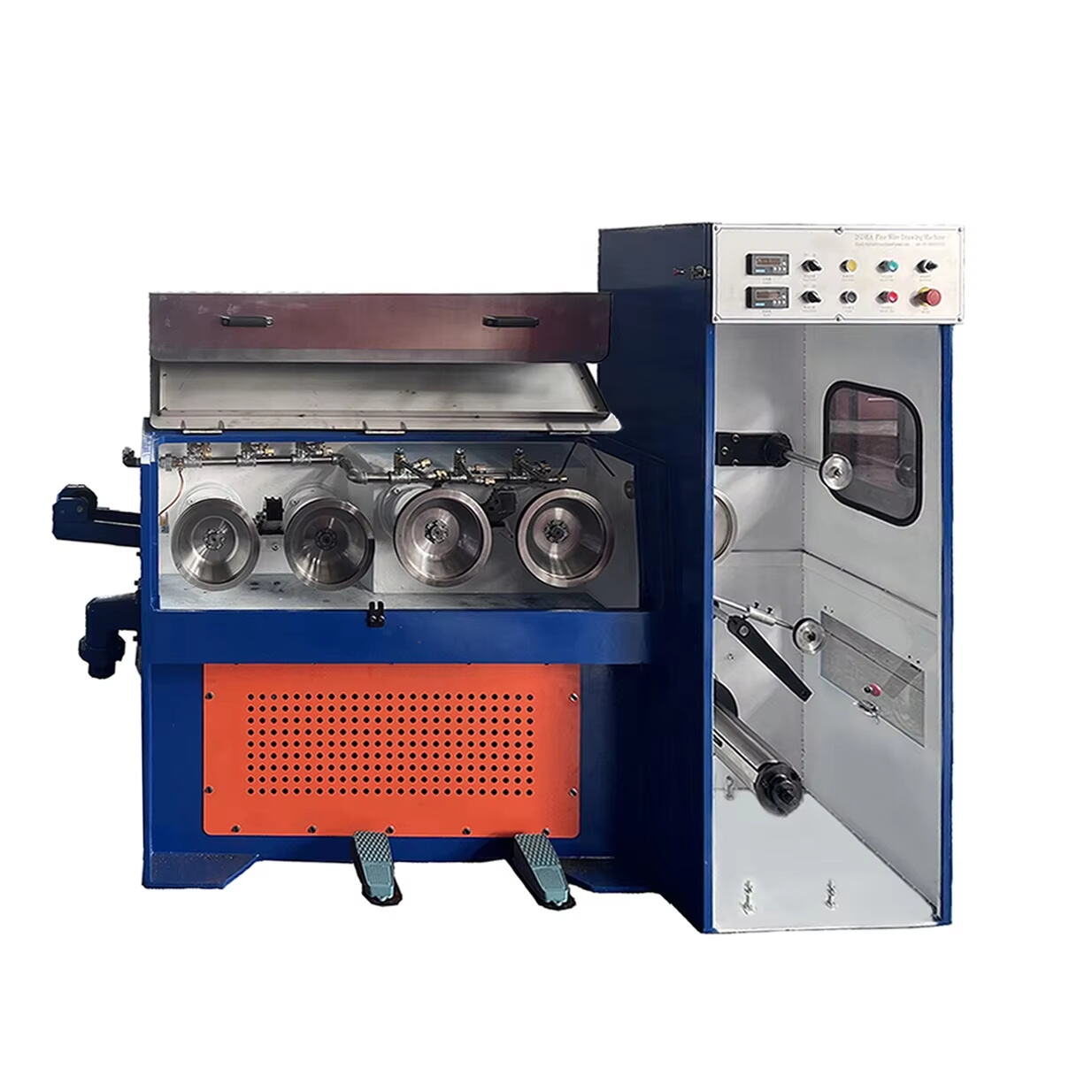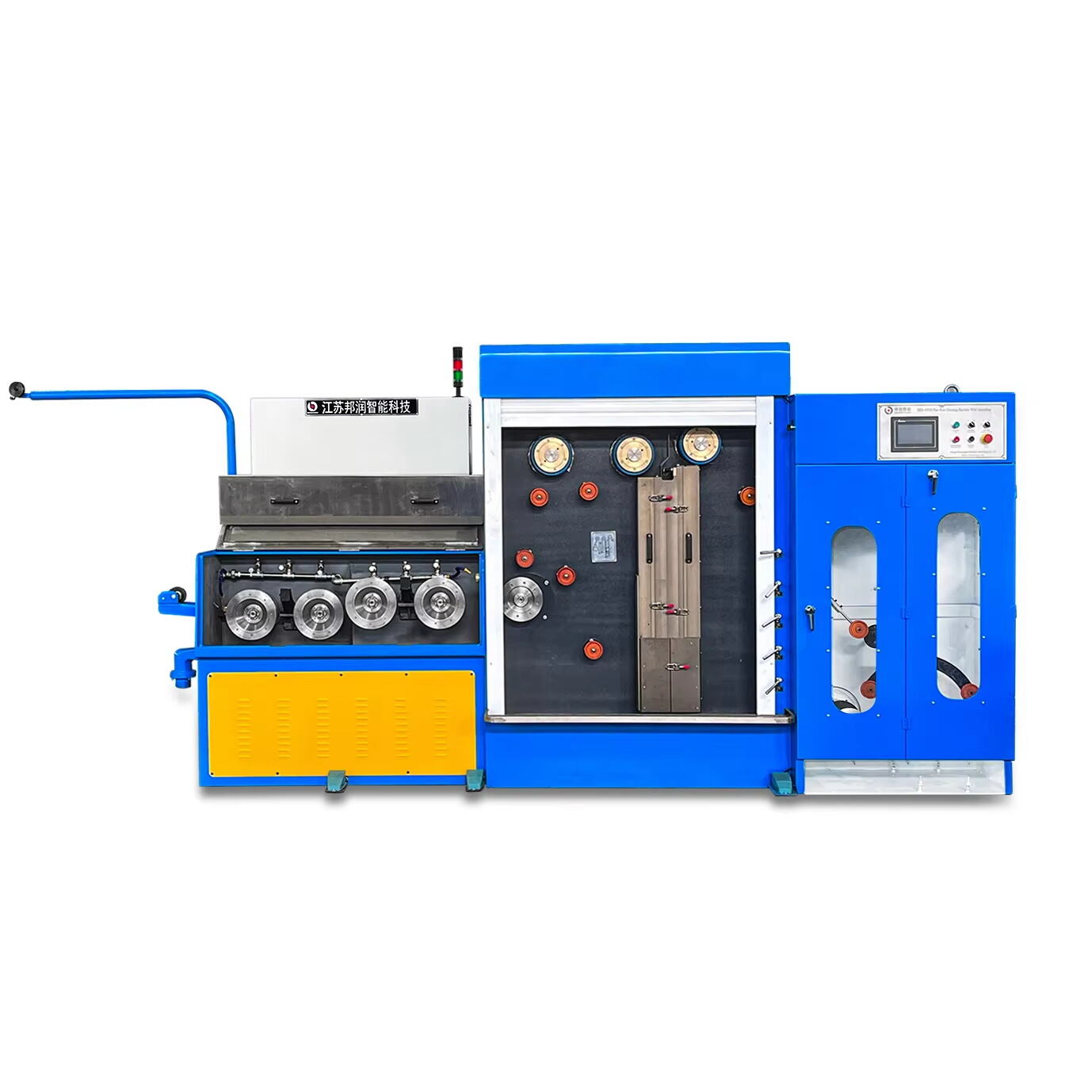wire drawing machine cost
Wire drawing machine cost represents a significant investment consideration in the manufacturing sector, encompassing both initial purchase expenses and long-term operational costs. These machines, essential for transforming thick wire into thinner, more precise dimensions, typically range from $5,000 for basic models to over $100,000 for advanced systems. The cost structure includes the base machine price, additional tooling requirements, installation fees, and necessary maintenance provisions. Modern wire drawing machines incorporate sophisticated features such as digital controls, automated tension adjustment systems, and precision monitoring capabilities. The total investment varies based on factors including production capacity, automation level, and specific application requirements. Entry-level machines suitable for small-scale operations generally cost less but offer fewer features, while industrial-grade equipment commands premium prices due to enhanced capabilities, durability, and advanced technological integration. Operating costs factor in power consumption, maintenance requirements, and consumable materials such as dies and lubricants. The return on investment typically depends on production volume, material types processed, and market demands. Understanding these cost components helps businesses make informed decisions aligned with their manufacturing needs and financial parameters.




